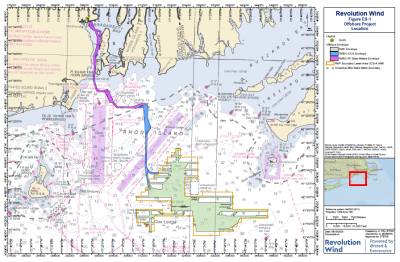The latest Gulf of Mexico lease sale for the central region generated the lowest interest among oil companies in the past decade. Lease sale 241 saw only 30 oil companies wager $179 million on new offshore acreage.
Those companies submitted 148 bids for 128 tracts resulting in $156 million in winning bids. If one considers the recent record of the number of bids and tracts won in Central Gulf of Mexico lease sales, they will find that there has been a steady decline in interest since the most recent peak in bidding in 2007. The difference in between 2007 and now is that the industry purchased six-and-a-half times the number of tracts then as they did in the recent sale.
There are various ways to measure industry interest. One is the amount of money wagered or paid in high bids, while another is by calculating the ratio of the number of bids submitted compared to the number of tracts won. In 2007, the industry wagered $5.2 billion on 723 tracts, with high bids averaging $4.02 million each. In contrast, the most recent Central Gulf sale resulted in average winning bids of only $1.22 million each. The affect from low oil prices on this year’s sale is evident when we examine the 2015 lease sale results where the industry wagered $583.2 million on 169 tracts producing an average winning bid of $3.19 million, or slightly more than two-and-a-half times this year’s average bid.
When we examine the ratio of bids to tracts won, we find a similar relationships between 2007 and this year. In 2007, the industry recorded a 1.98 bids-to-winning-tracts ratio. This year that ratio was only 1.16. It was consistent with last year’s ratio of 1.15, suggesting that while the industry wagered nearly $600 million last year, companies were cautious in their spending because they were concerned that the industry downturn, less than four months old at the time of the 2015 Central Gulf sale, might worsen – and it has.
As the industry pulls back on its bidding for new offshore tracts, the impact of low oil and gas prices and what that means for available cash flow and the potential economics of prospects, is becoming evident. It shows that future drilling will suffer – and that’s after Gulf of Mexico drilling has already been cut in half over the 15 months since the collapse in global oil prices began at the end of November 2014. With only 27 rigs working in the Gulf now, and little hope the number will grow soon, the offshore industry must continue to pare down its cost structure. That is not good news for offshore workers or executives.




